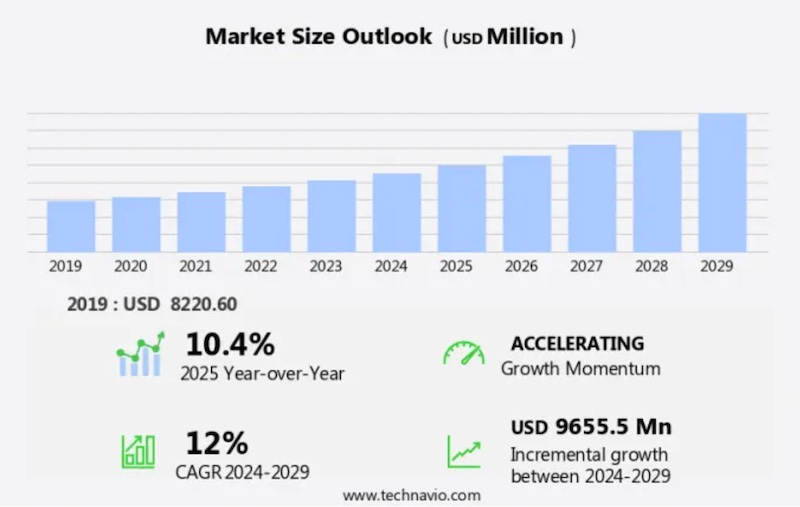Satellite-Based Earth Observation Market Analysis Published
Annual Growth of 12 Percent Forecast by Technavio
The satellite-based earth observation market size is estimated to increase by $9.65 billion at a CAGR of 12% between 2024 and 2029 according to a new report from Technavio. The market is estimated to grow at a CAGR of over 12% during the forecast period.
North America is estimated to contribute 43%. To the growth of the global market. The Satellite-Based…
Keep reading with a 7-day free trial
Subscribe to The Journal of Space Commerce to keep reading this post and get 7 days of free access to the full post archives.



